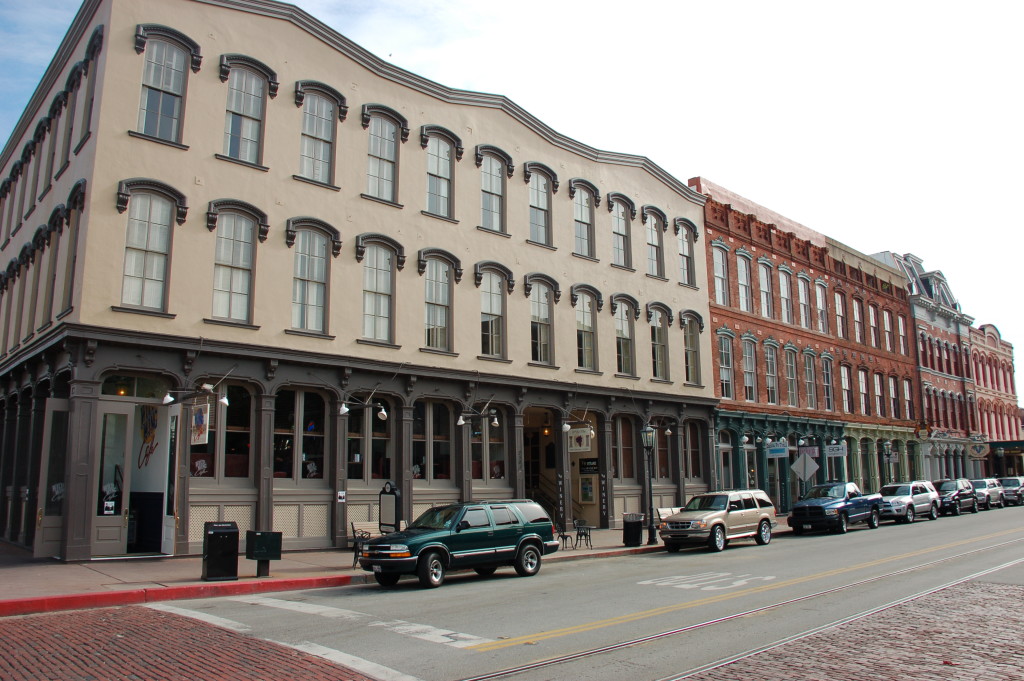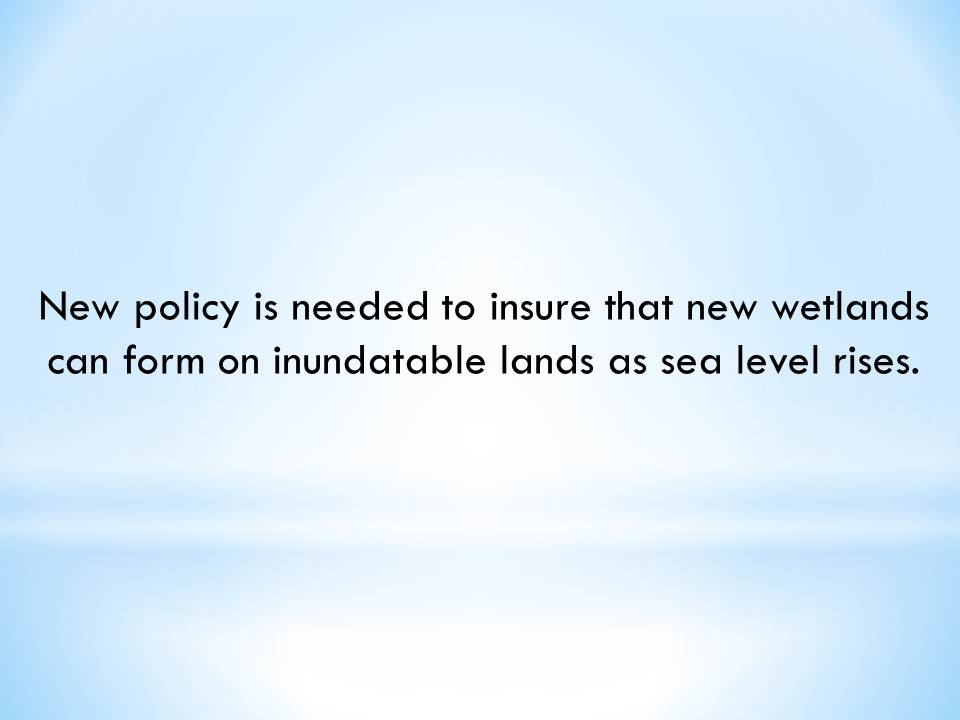“Coastal Resilience means building the ability of a community to “bounce back” after hazardous events such as hurricanes, coastal storms, and flooding – rather than simply reacting to impacts. ” – National Ocean Service, NOAA
Over the coming decades, the population of the Gulf’s major cities and their surrounding communities is expected to increase. Coupled with the potential impacts of climate change and sea level rise on storm intensity and frequency, communities will be required to plan for events where more citizens and their homes and businesses are in the path of increasingly dangerous and costly storm conditions.
This website was built on Texas Sea Grant’s 2007 Resilient Coast series (Built Environment and Coastal Wetlands), with that broad dichotomy followed here:
The Built Environment
The decisions communities are making today for how and where they develop dictate their ability to bounce back after storm events (coastal resiliency). Understanding where and how our communities are vulnerable to loss from coastal hazards, and adapting planning and development practices to compensate for these vulnerabilities will ultimately result in lives and dollars saved, and stronger communities for the future.
Coastal Wetlands
Coastal salt marsh wetlands are particular vulnerable to even the smallest amount of sea level rise. Coastal wetland are critical habitat for commercial and recreational fish and invertebrate species. Loss of these wetlands through sea level rise could pose a real threat to coastal economies and water quality if they are lost. Planning for sea level rise today can preserve inundatable lands and allow coastal wetlands to migrate inland and maintain their essential functions for the community. On this site, the focus is on non-deltaic estuarine coastal wetlands.




